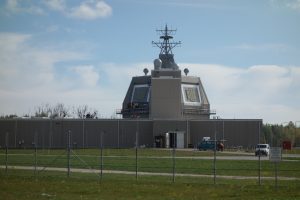
The delays in Aegis Ashore Poland construction are related to long-term emplacement construction requirements, the head of the Missile Defense Agency (MDA) said Thursday. “The lesson learned for me when I look at that is, if we go do this again, we have to kind of decide: are we going to have a long-term emplacement or are we just going to short term, go land it there, and pull it out if we need to. If you go with the…

 By
By 











